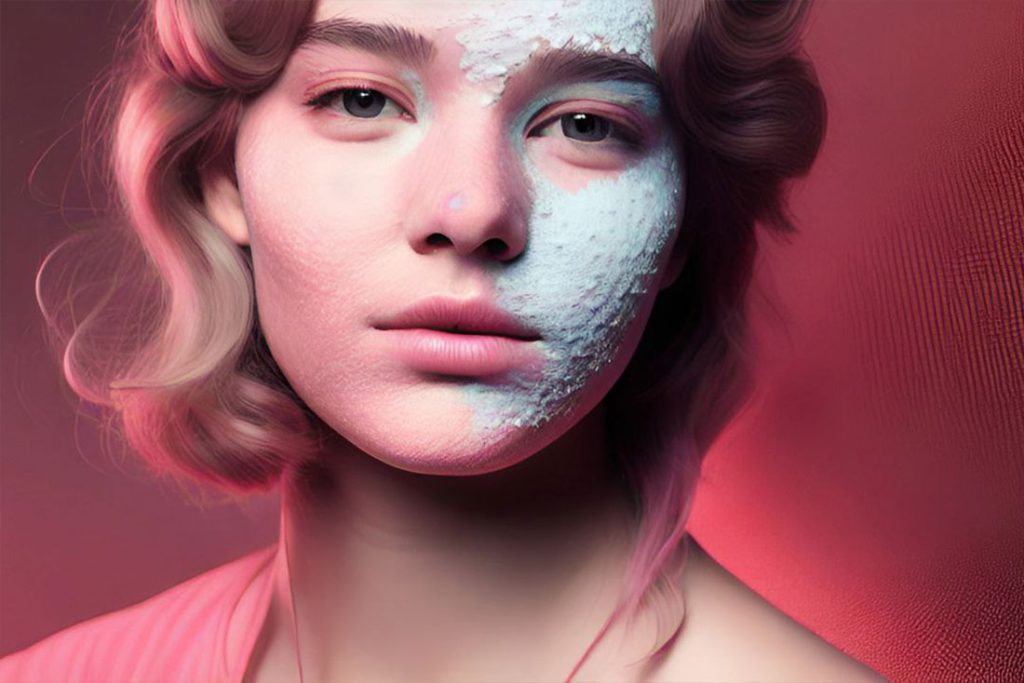Acne Bacteria: A Crucial Player in Acne Pathogenesis and Treatment in Cosmetology
In the realm of skincare and cosmetology, acne remains a prevalent concern for many clients. A condition often associated with adolescence, acne can in fact affect individuals across all age demographics, causing both physical and emotional discomfort. To devise effective treatment strategies, it is essential to understand the root causes of acne. Among these, one of the key culprits is a type of bacteria known as Propionibacterium acnes, or P. acnes. This article provides a comprehensive examination of the role P. acnes plays in acne development and progression, and the ways in which skincare professionals can address it.

Acne
Understanding P. acnes: The Main Culprit in Acne Pathogenesis
P. acnes is a bacterium that thrives in an anaerobic, or oxygen-free, environment. In the context of acne, this environment is created when the follicle, the tiny pocket from which individual hair strands grow, becomes obstructed. Such obstruction, often due to the buildup of dead skin cells and excess sebum (skin’s natural oil), blocks oxygen from reaching the bottom of the follicles. This lack of oxygen paves the way for P. acnes to flourish.
P. acnes feeds primarily on fatty acids, which are abundantly present in sebum. When follicles are blocked, they often accumulate sebum, thereby providing an ample food supply for P. acnes. This lack of oxygen and excess of food create an ideal environment for these bacteria to multiply.
The Inflammatory Response to P. acnes
As P. acnes proliferates, it triggers an inflammatory response in the follicle, causing swelling and potentially rupturing the follicle wall. This rupture prompts the immune system to respond, leading to an influx of blood, rich in white blood cells, rushing to the affected follicle to combat the bacteria. This influx of blood is responsible for the redness often associated with acne lesions.
A papule, a type of inflammatory acne lesion, develops from this follicle rupture and the resulting blood infusion. If the concentration of white blood cells increases significantly, they form pus, leading to the creation of a pustule, another form of acne lesion. These pustules are what most people associate with acne: raised, red bumps on the skin with a white head filled with pus.
Role of Cosmetologists in Managing Acne Bacteria
While cosmetologists and estheticians can play a key role in managing minor acne cases, it’s important to note that they cannot treat inflammatory lesions such as papules or pustules. Their scope of practice is mainly focused on prevention and treatment of non-inflammatory acne, such as blackheads and whiteheads.
That said, cosmetologists can support acne management by providing clients with skin care advice and treatments that aim to prevent follicle obstruction. For instance, they can guide clients towards a regular skincare routine that includes gentle cleansing, exfoliation, and the use of non-comedogenic products. They can also offer treatments such as facials or chemical peels, which can help reduce the build-up of dead skin cells and excess sebum.
In cases of severe acne or persistent inflammatory lesions, cosmetologists should refer their clients to a dermatologist, who can provide a more advanced and tailored treatment approach, such as prescription medication or other medical procedures.
In conclusion, the role of P. acnes in acne pathogenesis underscores the importance of a comprehensive skincare routine and professional treatments in acne management. Cosmetologists, with their expertise in skincare, can be vital allies in the fight against acne.







